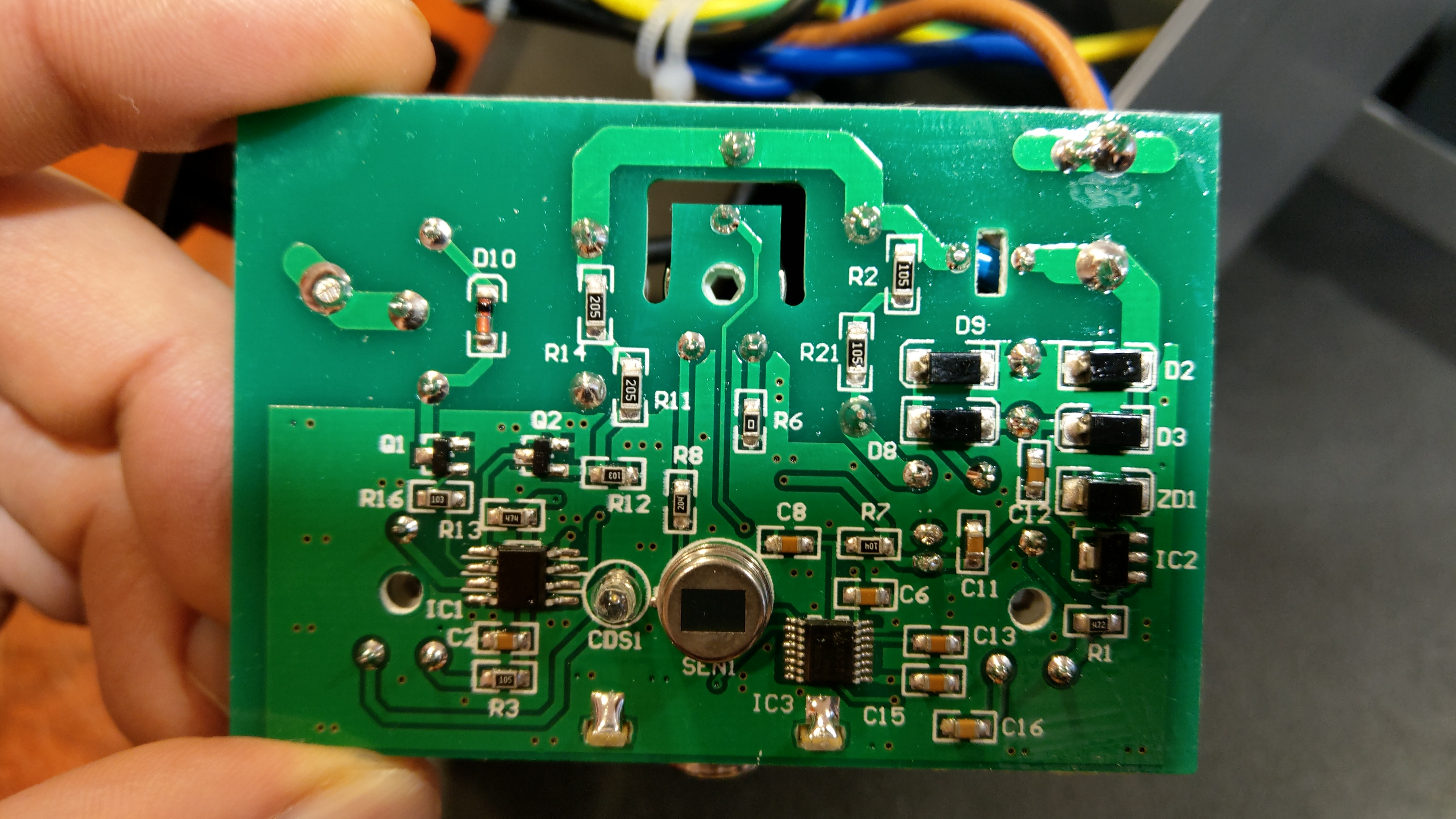
- Turn on disk led hp how to#
- Turn on disk led hp serial numbers#
- Turn on disk led hp serial#
- Turn on disk led hp update#
- Turn on disk led hp full#
ssacli ctrl slot=1 modify cacheratio=25/75 # Modify - Cache Ratio read: 25% / write: 75% Modify the cache ratio on a running system can be interesting for troubleshooting and performance beanchmarking. ssacli ctrl slot=0 pd 1I:0:1 modify led=off ssacli ctrl slot=0 pd 1I:0:1 modify led=on # Led - Deactivate LEDs on logical drive 2 disks # Led - Activate LEDs on logical drive 2 disks
Turn on disk led hp how to#
An example is displayed below how to enable and disable a LED. The LED status of the drives can also be controlled by the ssacli utility. This can be interesting for when you add new drives in hot swap bays. To issue a controller rescan, you can run the following command. ssacli ctrl slot=1 ld 2 modify size=max forced

# Modify - Extend logical drive 2 size to maximum (must be run with the "forced" flag) ssacli ctrl slot=1 ld 1 add drives=allunassigned # Add - All unassigned drives to logical drive 1 Keep in mind: make a backup before performing the procedure. You need to perform two actions: adding the drive(s) and expanding the logical drive. HPE SSACLI – Adding drives to logical driveĪdding drives to an already created logical drive is possible with the following commands. ssacli ctrl slot=1 create type=ld drives=1I:0:1,1I:0:2 raid=1 forced ssacli ctrl slot=1 array all add spares=2I:1:6,2I:1:7 ssacli ctrl slot=1 create type=ld drives=2I:0:8 raid=0 forced # Show - Controller slot 1 logical drive 1 statusĬreating a new logical drive can be done online with the HPE Smart Array controllers.
Turn on disk led hp full#
# Show - Controller Slot 1 full configuration # Show - Controller Slot 1 Controller configuration detailed # Show - Controller Slot 1 Controller configuration basic The extensive detail is very useful for troubleshooting and gathering information about the system. To view the status of the controller, disks or volumes you can run all sorts of commands to get information about what is going on in your VMware ESXi server. Drives that are unassigned: allunassigned A range of drives (one to three): 1E:1:1-1E:1:3 The give you an idea what valuable information can be shown.Īll commands have a short name to reduce the length of the total input provided to the ssacli tool: # Shortnames: Screenshots were taken by doing maintenance on VMware ESXi servers. I have collected some screenshots over the years. Here is a list of locations that have been used for the last ten years for VMware ESXi: # Location VMware ESXi 4.0/4.1/5.0 Over the years the name of the HPE Storage Controller Tool has been changed and so has the location.
Turn on disk led hp update#
This means it can also be updated with vSphere Update Manager. The tool is installed as a VIB (vSphere Installable Bundle). The tool is already pre-installed when installing ESXi. In case you are using the HPE VMware ESXi custom images. Here is an overview of supported controllers: The tool supports the most HPE SmartArray controllers over the last 10 to 15 years, for example, the Smart Array P400 was released in 2005 and is still working fine today. It was already available for VMware ESX 4.0 and is still available in VMware ESXi 6.7. So far as I can remember it has been there for ages. The main difference has always been that the HPE tool can perform the operation live without downtime. So far as I know I haven’t seen an identical tool yet from the other server hardware vendors like Cisco, Dell EMC, IBM, and Supermicro.

The tooling of HPE is very powerful because you can online manage a VMware ESXi host and migrate for example from a RAID 1 volume to a RAID 10 without downtime or change the read and write cache ratio. My bad.This time I decided to do a blog post about the HPE Smart Array RAID controllers with their wonderful ssacli tool.
Turn on disk led hp serial#
Really like the blinky lights.ĮDIT: smartctl, not hdparm, gives the serial number. I knew there was another reason I preferred hardware RAID over software RAID.blinky lights. You might want to label the drives somewhere if that's the case so you don't have to worry about that when you find there's an issue.
Turn on disk led hp serial numbers#
If you have the serial numbers available I think the hdparm command might give it to you in software so you can trace it that way. If there are any manufacturing differences, the dmesg |grep sd or dmesg|grep hd should yield some clues. Again, drive lettering goes from a through whatever the drives go up to, starting at port 0 of the SATA connectors and moving up. If it's SATA and like the system I have in the back room the ports are labeled for each of the sata drives.

If sdd failed it would be the second drive on the cable of the second IDE channel. For example.and someone would have to comment to correct me.if you have two IDE channels, you have up to 2 drives on each, you could have sda, sdb, sdc, and sdd. Usually you would have to hope that the connections are labeled in some fashion then work from the identity of the failed device.


 0 kommentar(er)
0 kommentar(er)
